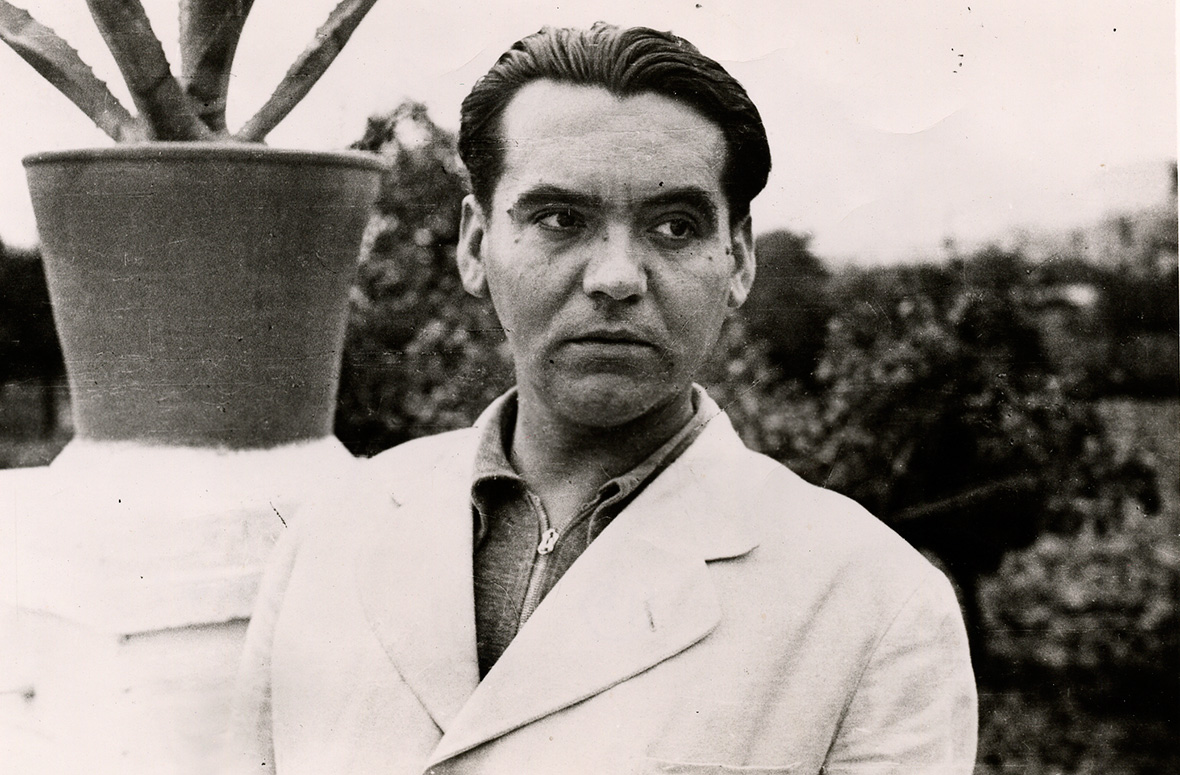The same day of his departure to Granada, on July 13, aboard the night train, Federico García Lorca gave his friend Rafael Martínez Nadal the manuscript of The Public, a sample of his “unrepresentable” theater with the order to destroy it if anything happened to him.
The newspaper El Defensor de Granada announced Lorca’s arrival in a front-page article. The poet took refuge in the Huerta de San Vicente (San Vicente Farmhouse) where he spent that tragic summer until his escape to the family home of his friend Luis Rosales. On July 20, the uprising triumphed in the city of Granada and began a fierce repression led by the civil governor José Valdés who followed instructions from General Queipo de Llano. One of the first arrested was his brother-in-law, Manuel Fernández-Montesinos, married to his sister Concha, then socialist mayor of Granada. He was shot at the cemetery walls, along with the rest of the corporation and other important Republican politicians and intellectuals, on August 16, 1936.

During Lorca’s stay in the Farmhouse there were two searches. The first, on August 6, by a group of Falangists led by Manuel Rojas Feijespán, who had been sentenced in 1934 to 21 years in prison for his actions in the massacre of Casas Viejas. On August 9, three days later, another group formed by volunteers who came mostly from Valderrubio and Pinos Puente under the command of a retired sergeant of the Civil Guard appeared in the Farmhouse: they were looking for the landlord Gabriel Perea for him to confess the whereabouts of his brothers. Among the gunmen were Enrique García Puertas, known as El Marranero (The Pig Trader); two landowners and the brothers Horacio and Miguel Roldán, whose family had lost several lawsuits in the 1920s with Don Federico over a property in Valderrubio. Gabriel Perea was tied to a cherry tree and mistreated in the presence of everyone. At that moment Lorca decided to flee.